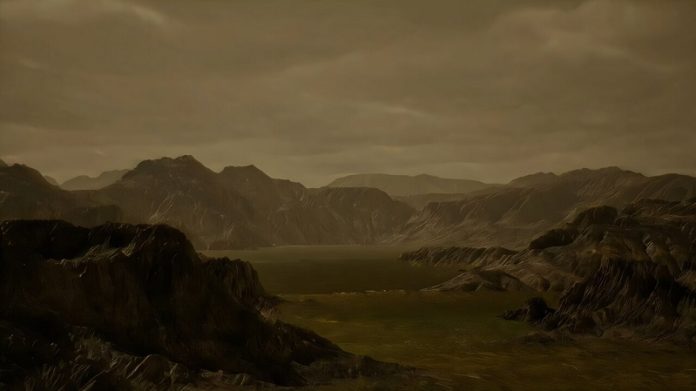
Saturn’s largest moon, Titan, may hold clues about how life could begin in places very different from Earth.
According to new NASA research, tiny, cell-like bubbles called vesicles might form naturally in Titan’s lakes—raising the possibility that the early steps toward life could happen there, even in an environment that’s freezing cold and lacks water.
Unlike Earth’s oceans, Titan’s lakes and seas are made of liquid methane and ethane—types of hydrocarbons.
This makes Titan completely unique in our solar system. It’s the only world besides Earth known to have liquids on its surface, though the liquids on Titan are very different from water.
On Earth, water was key to the formation of life. Scientists believe that vesicles, which are tiny compartments made of fatty molecules, played an early role in forming the first cells.
These vesicles can surround and protect genetic material and chemical reactions, helping organize the building blocks of life.
On Earth, vesicles form in water using molecules that have a “water-loving” end and a “water-hating” end. But on Titan, the environment is so different that scientists had to rethink how such structures could form without water.
The new study, published in the International Journal of Astrobiology, looked at how vesicles might form in Titan’s lakes using Titan’s own chemistry.
Scientists focused on how droplets of sea spray—caused by raindrops splashing into the lakes—might become surrounded by special molecules called amphiphiles.
These molecules can line up and create a two-layered shell around the droplet, forming a vesicle. Over time, many of these vesicles could float in the lakes, interact, and even evolve into more complex structures, similar to what may have happened on early Earth.
Conor Nixon, a planetary scientist at NASA’s Goddard Space Flight Center, says that finding vesicles on Titan would show an important step toward creating life: increasing chemical complexity and organization. It would also prove that life’s building blocks don’t always need water—they might form in other environments too.
Titan’s thick atmosphere and active weather make it especially interesting. Its nitrogen-rich skies, methane rain, and vast hydrocarbon seas create a dynamic setting where chemistry is constantly at work. Energy from sunlight and cosmic rays breaks apart molecules like methane, and the pieces reassemble into more complex organic compounds.
NASA plans to explore Titan with the Dragonfly mission, a rotorcraft that will fly from place to place on the moon’s surface. Although it won’t visit Titan’s lakes or detect vesicles directly, it will help researchers understand the surface chemistry and conditions for life in this strange and exciting world.
Source: NASA.



